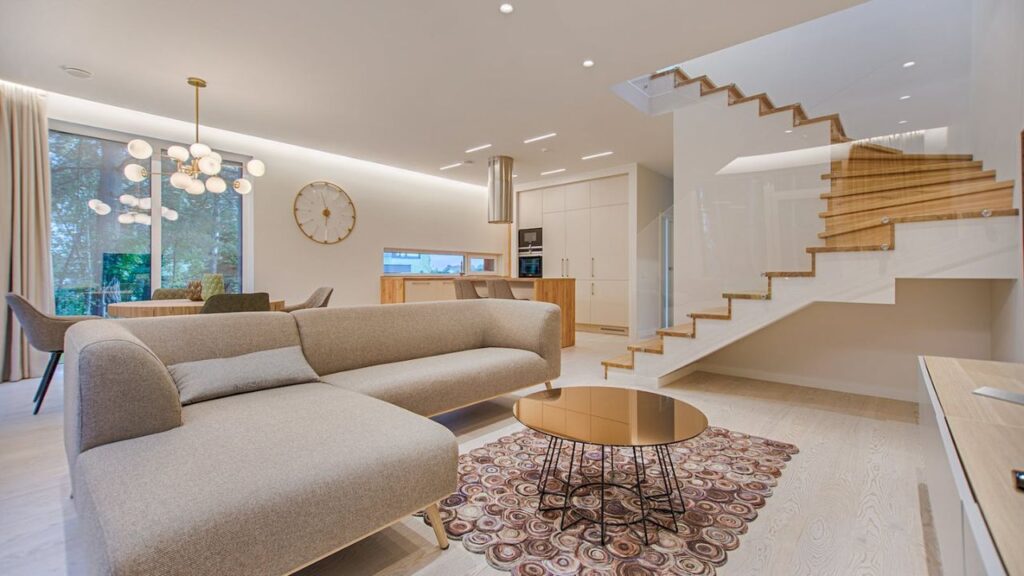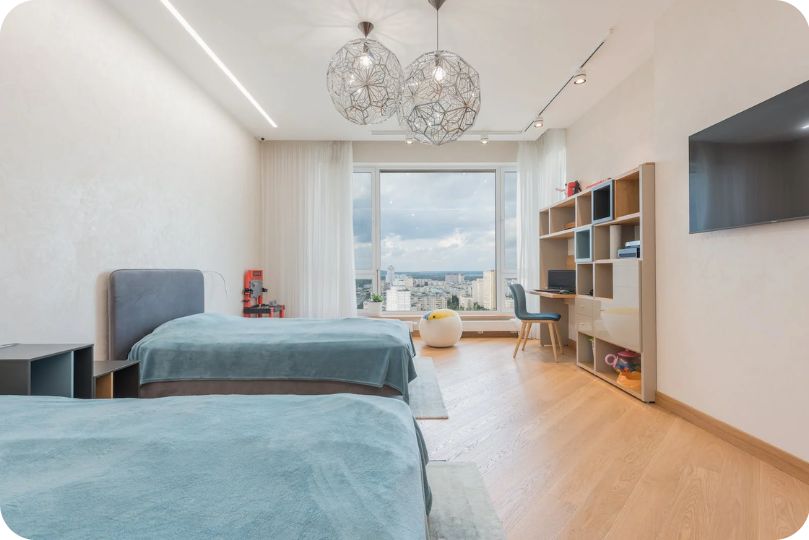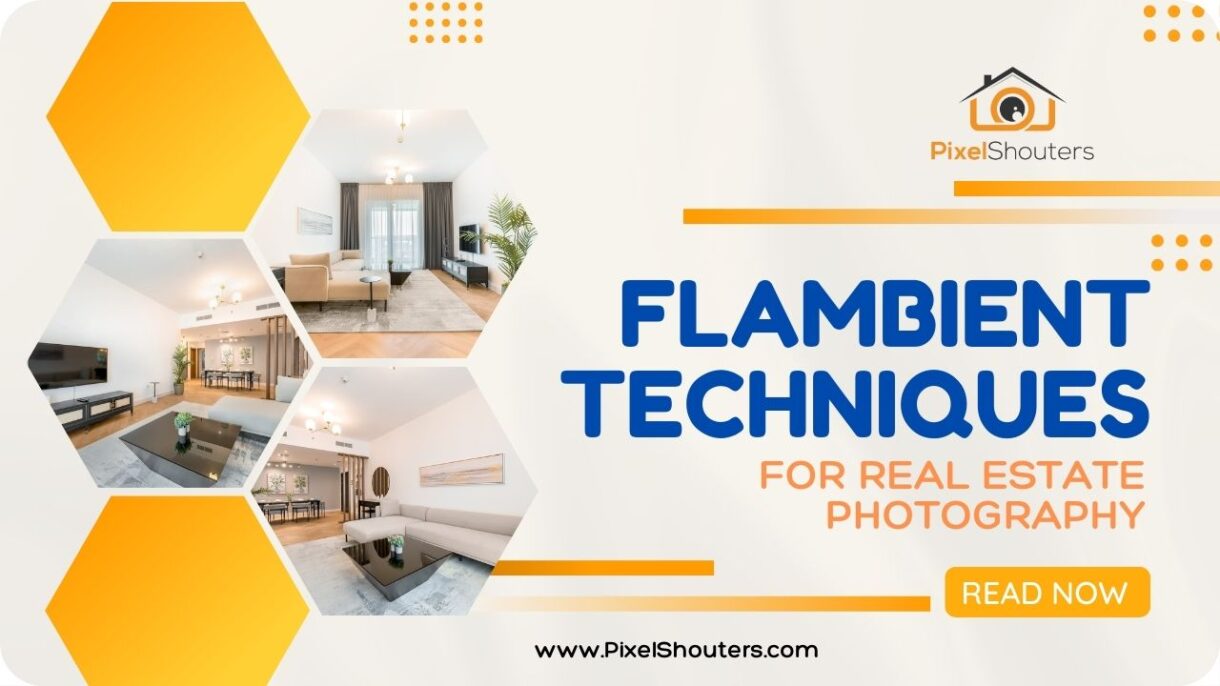Optimizing Real Estate Photography with Ambient Flash Techniques
Real estate photography is a vital element of advertising and marketing houses. High-pleasant pictures can make a massive distinction in attracting capacity shoppers or renters. One crucial aspect of real estate photography is lighting fixtures, and in a few instances, ambient flash strategies will let you reap beautiful effects. In this complete manual, we will explore how to use ambient flash techniques efficiently to capture the splendor of houses.
Table of Contents
1. Introduction
1.1 Definition of Ambient Flash Techniques
Ambient flash techniques in real estate photography involve the usage of each herbal mild (ambient light) and artificial flash to create properly-exposed and visually attractive pictures. The intention is to balance the available ambient light with the controlled illumination furnished through a flash to spotlight the property’s functions, seize details, and keep away from commonplace lights issues.
1.2 Importance of Proper Lighting in Real Estate Photography
Effective lights is critical in real estate photography due to the fact it may notably effect how a assets seems in pix. Poor lighting could make areas appear darkish, small, and unattractive, which can deter potential shoppers. Conversely, right lighting fixtures can showcase a property’s fine functions and create an inviting environment.
2. Understanding Ambient Light
2.1 Natural Light Sources
In real estate photography, you typically encounter three primary sources of natural light:
- Direct sunlight: Offers strong, harsh lighting that can create stark shadows and overexposed areas.
- Diffused light: Found on overcast days or in shaded areas, it provides soft, even illumination.
- Magic hour light: Occurs during the hours around sunrise or sunset, producing warm, golden hues and long, soft shadows.
2.2 Challenges of Ambient Light

While natural light can be beautiful, it presents challenges in real estate photography:
- Inconsistent light: The intensity and direction of natural light change throughout the day.
- Harsh shadows: Direct sunlight can create unattractive shadows, especially indoors.
- Color shifts: Light color can change throughout the day, affecting the image’s color balance.
2.3 Why Flash Is Necessary
To overcome the challenges of ambient light, photographers often use artificial flash:
- Control: Flash units provide consistent, controllable light.
- Shadow reduction: Flash can fill in shadows, resulting in a more balanced exposure.
- Color consistency: Flash maintains a consistent color temperature.
- Detail enhancement: Flash helps capture fine details and textures.
3. Choosing the Right Equipment
To effectively use ambient flash techniques in real estate photography, you need the right equipment. Here are some key considerations:
3.1 Types of Flashes
There are different types of flashes to choose from:
- On-camera flash: Built into your camera, this flash can be limited in its versatility but is a convenient option.
- External flash: Mounts on your camera’s hot shoe and provides more control over the direction of the flash.
- Off-camera flash: Detached from the camera, this flash offers the most control and flexibility, allowing you to position it strategically.
3.2 Light Modifiers
Light modifiers can help soften and control the harshness of the flash:
- Diffusers: Attach to the flash to spread light more evenly.
- Reflectors: Bounce flash off a surface to create diffused lighting.
- Softboxes: Encase the flash to create soft, studio-like lighting.
3.3 Camera Settings
Adjust your camera settings to work seamlessly with flash:
- Manual mode: Take full control over your camera’s settings, including aperture, shutter speed, and ISO.
- Synchronization settings: Ensure your camera and flash are synchronized to fire together.
- White balance: Set the appropriate white balance to match the lighting conditions.
4. Ambient Flash Techniques
Let’s delve into specific ambient flash techniques that can enhance your real estate photography:
4.1 Bounce Flash
Bounce flash is a valuable technique for softening and diffusing light. To use this technique:
- Attach an external flash to your camera’s hot shoe.
- Point the flash head towards a nearby wall or ceiling.
- The light bounces off the surface and bathes the room in soft, diffused light.
Bounce flash is ideal for evenly illuminating interiors without creating harsh shadows.
4.2 Fill Flash
Fill flash is a technique used to balance the exposure in situations with uneven lighting:

- Activate your flash to fill in shadows or underexposed areas.
- Adjust the flash power to achieve a subtle, natural look.
- Use fill flash when there are strong light sources creating harsh shadows, like windows on a sunny day.
This technique helps create a well-exposed image with even lighting.
4.3 Off-Camera Flash
Off-camera flash provides the highest level of control and creativity:
- Set up an external flash away from your camera.
- Use wireless triggers or cables to synchronize the flash with your camera.
- Experiment with different flash positions to achieve the desired lighting effect.
Off-camera flash is particularly useful when you want to highlight specific areas or features in a room.
4.4 Bracketing
Bracketing involves taking multiple exposures of the same scene with different flash settings:
- Take a series of shots at various flash power levels.
- Combine these exposures in post-processing to create a perfectly balanced image.
- Bracketing is effective for capturing scenes with a wide range of lighting conditions.
This technique ensures you capture the best possible lighting for each part of the image.
5. Creating the Perfect Composition
Aside from mastering flash techniques, composing your shots effectively is crucial in real estate photography:
5.1 Framing and Angles
Choose angles that showcase the property’s best features:
- Capture wide-angle shots to make spaces appear larger and more inviting.
- Highlight architectural details and unique selling points.
- Pay attention to horizontal and vertical lines to ensure a level and balanced look.
5.2 Highlighting Key Features
Identify and emphasize the property’s standout features:
- Use lighting to draw attention to focal points, such as a fireplace or a gourmet kitchen.
- Frame views through windows or doors to showcase the surroundings.
- Capture inviting outdoor spaces with ambient light and flash to make them more appealing.
5.3 Reducing Unwanted Shadows
Position your flash strategically to minimize harsh shadows:
- Use bounce flash or off-camera flash to soften shadows in interiors.
- Pay attention to window reflections and other reflective surfaces.
- Experiment with different flash angles to achieve the best results.
6. Tips for Consistency and Efficiency
To maintain consistency and work efficiently with ambient flash techniques, consider the following tips:
6.1 Consistent Flash Power
Maintain a consistent flash power level for a series of shots in the same space. This ensures uniform lighting and makes post-processing more manageable.
6.2 Balancing Flash with Ambient Light
Experiment with flash power settings to achieve the right balance between artificial and natural light. This balance can help you create a natural and inviting atmosphere.
6.3 Workflow and Post-Processing
Streamline your workflow by organizing your shots and editing efficiently. Post-processing tools like Adobe Lightroom and Photoshop can help enhance your images further.
7. Common Mistakes to Avoid
While mastering ambient flash techniques, watch out for these common mistakes:
7.1 Overexposure and Harsh Shadows
Using too much flash can lead to overexposure and harsh shadows. Experiment with flash power to achieve the right balance.
7.2 Underexposure and Dim Images
Conversely, underexposing your shots with flash can result in dim, unappealing images. Take test shots and adjust your settings accordingly.
7.3 Inconsistent Lighting
Inconsistent lighting can make a property appear disjointed. Pay attention to light sources and ensure a cohesive look throughout the property.
8. Differences and Benefits
8.1 Comparing Ambient Flash Techniques to Other Approaches
It’s important to note that ambient flash techniques offer several advantages compared to other methods:
- HDR photography: Ambient flash techniques often produce more natural and visually appealing results than High Dynamic Range (HDR) techniques.
- Natural light only: While natural light can be beautiful, it often lacks the consistency needed for professional real estate photography.
- Strobes and studio lighting: Ambient flash is more portable and versatile for shooting a variety of properties.
8.2 Advantages of Ambient Flash in Real Estate Photography
The benefits of using ambient flash techniques in real estate photography are numerous:
- Balanced exposure: Ambient flash creates images with well-exposed highlights and shadows.
- Enhanced details: Flash highlights textures, colors, and architectural features.
- Consistency: Ambient flash provides consistent lighting, regardless of time of day.
- Professional look: The technique can make your photos stand out and attract potential buyers.

9. Conclusion
In conclusion, ambient flash techniques can be a game-changer in real estate photography. They allow you to overcome the challenges of ambient light, highlight key features, and create stunning, professional images that attract buyers and renters. While mastering these techniques may take time and practice, the results are well worth the effort. Remember to experiment, refine your skills, and stay updated with the latest equipment and trends in real estate photography. By doing so, you’ll be well on your way to becoming a sought-after real estate photographer.
10. Additional Resources
If you’re looking to further enhance your knowledge and skills in real estate photography and ambient flash techniques, consider exploring these additional resources:
- Photography Workshops: Participate in workshops and online courses offered by established photography institutions or instructors. Websites like PhotographyTalk and DPReview often host informative courses.
- Photography Forums: Join photography communities and forums to exchange ideas and gain insights from fellow photographers. Platforms like PhotographyTalk Forums and DPReview Forums are excellent places for discussions.
- Books and Guides: Explore dedicated books and guides on real estate photography and lighting techniques. You can find valuable resources on platforms like Amazon or at specialized photography bookstores.
- Photography Associations: Join professional photography associations like the Professional Photographers of America (PPA) or local photography groups for resources, educational materials, and networking opportunities.
Click on the provided hyperlinks to access these resources and further your expertise Ambient flash techniques in real estate photography.
